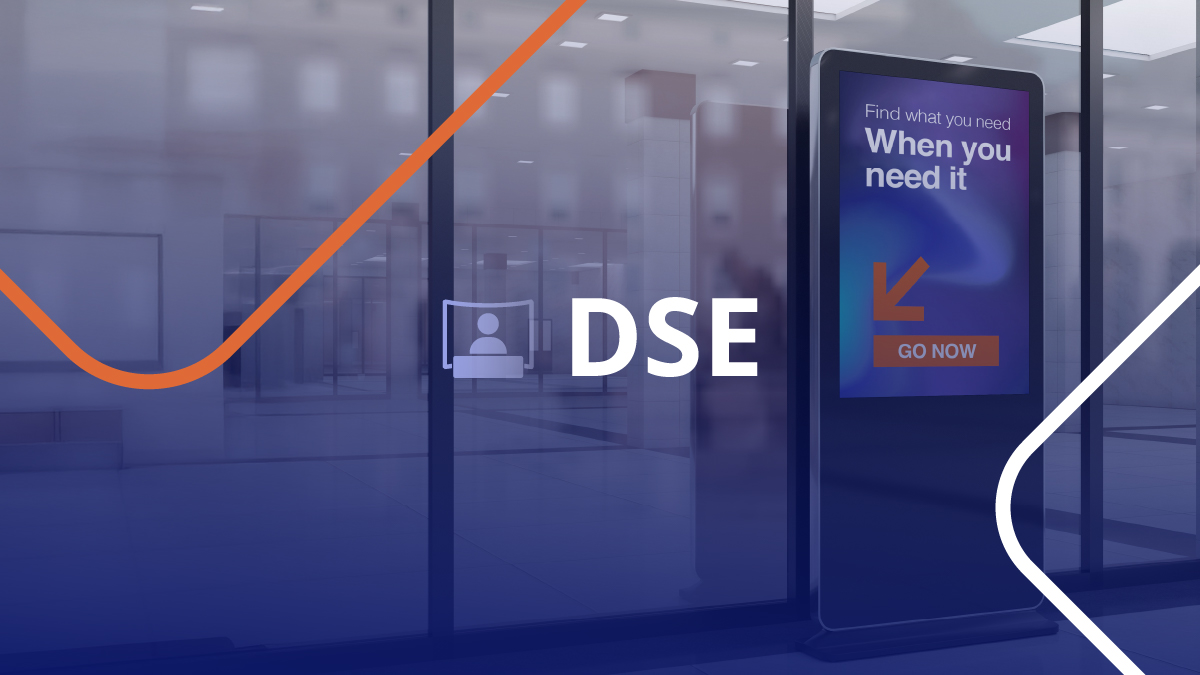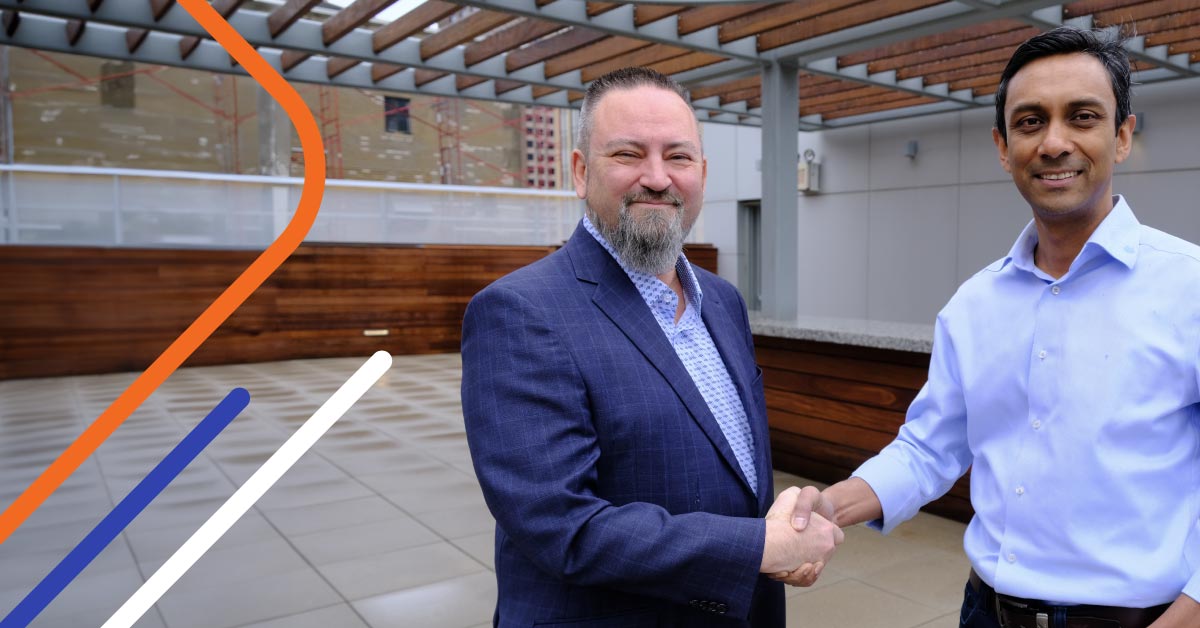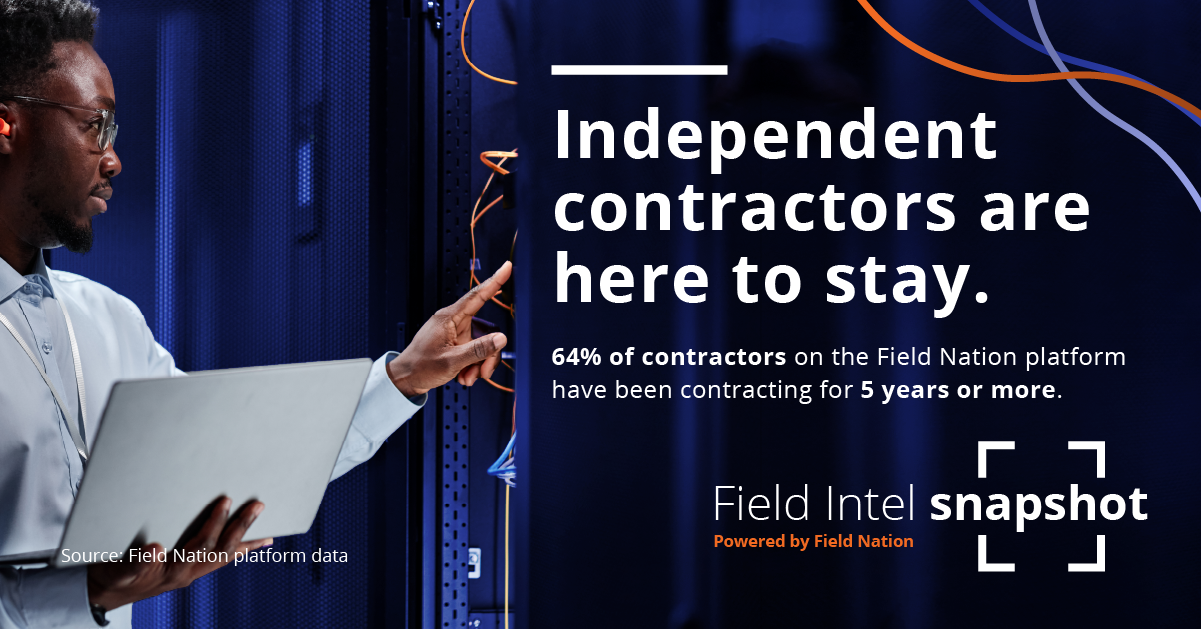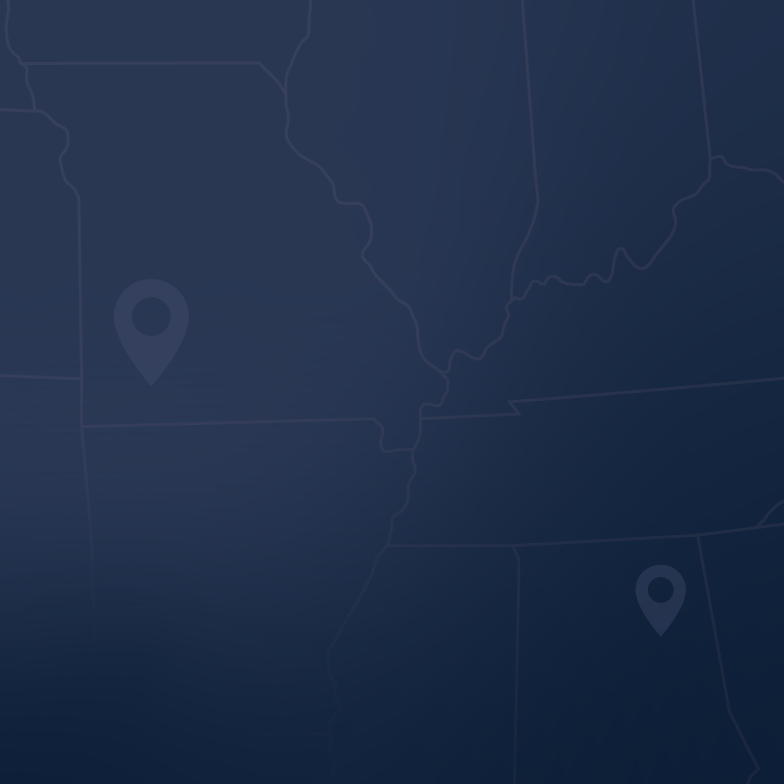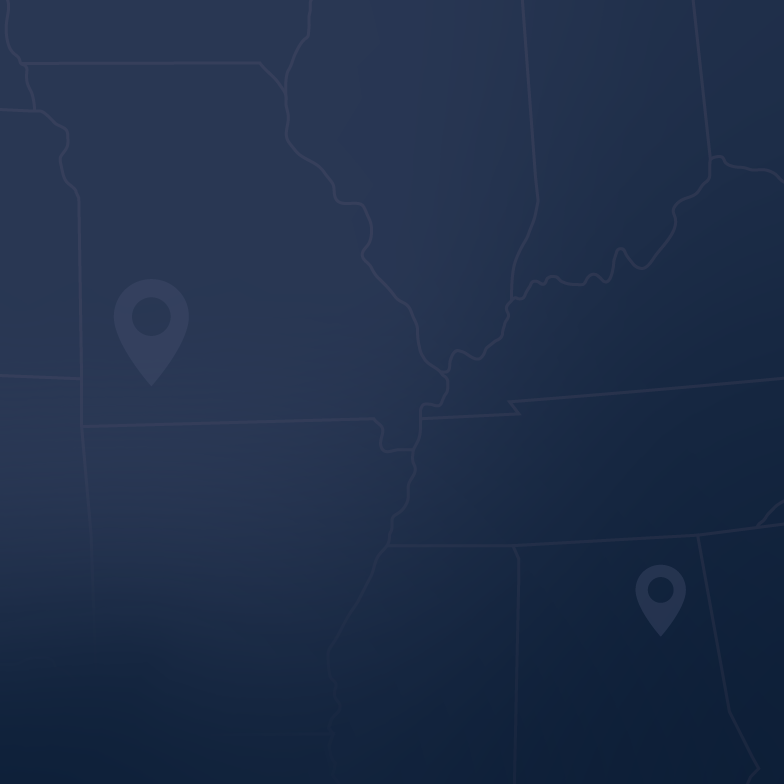
On October 14, 2025, Microsoft will officially end support for Windows 10. This shift affects millions of devices — many critical to field service work. According to Impaakt, Microsoft Windows is used in about 1.6 billion devices worldwide, and an estimated market share in the US of 30.84% (StatCounter Global Stats, June 2025).
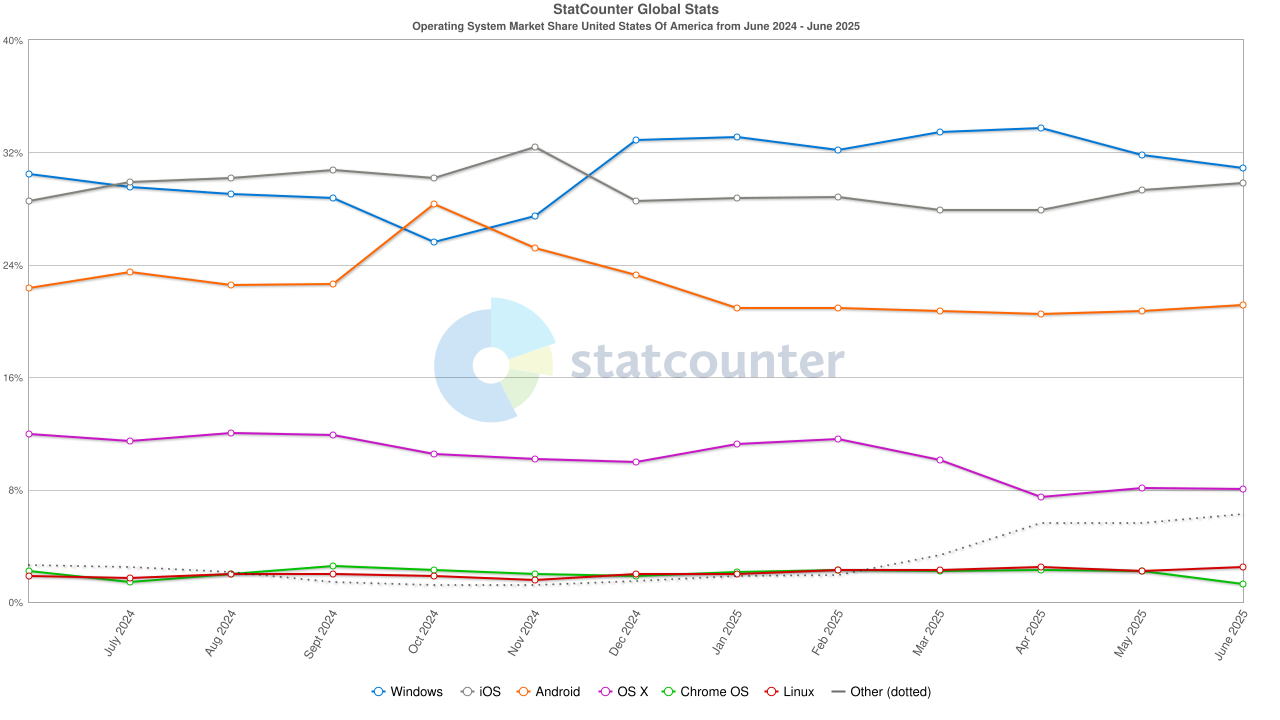
Source: StatCounter Global Stats
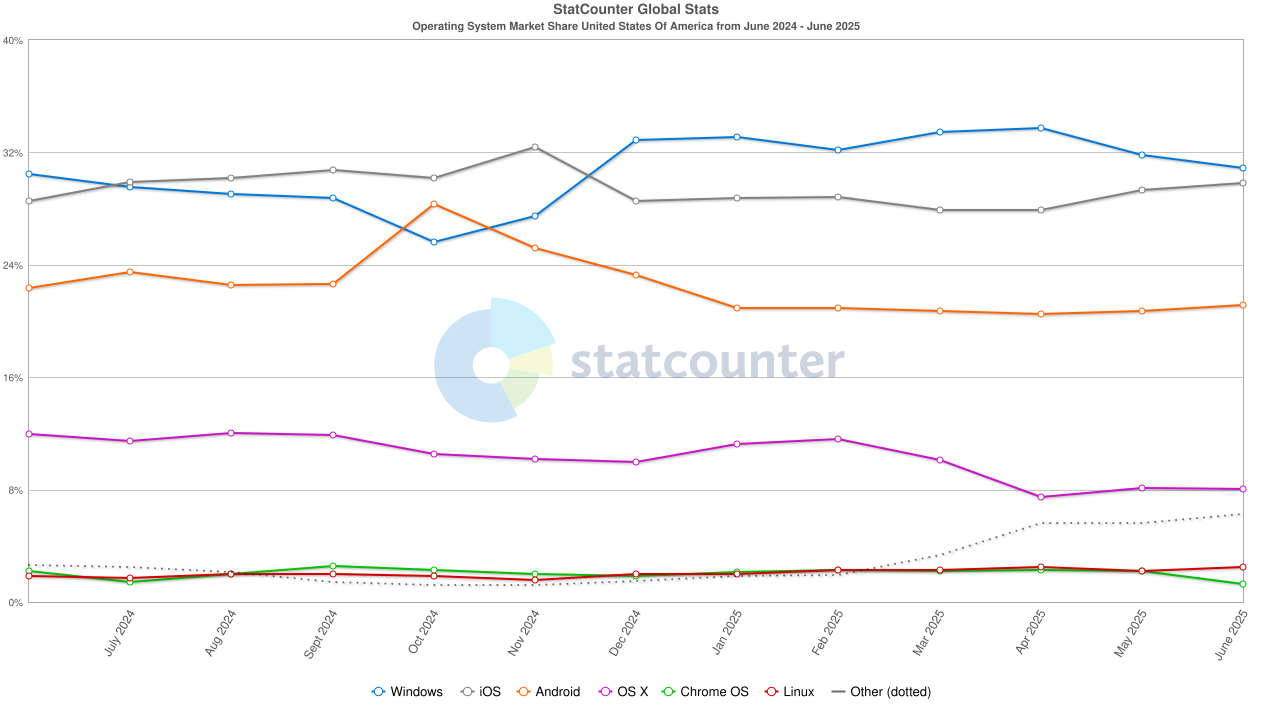
Source: StatCounter Global Stats
For businesses using devices ranging from retail point-of-sale systems to laptops, Windows 10 end-of-support will create new operational challenges and opportunities.
Here’s what field service leaders need to know about this change and which actions to take today.
What Windows 10 end-of-support means
After October 14, 2025:
- Microsoft will no longer provide free security updates, technical assistance, or security fixes for Windows 10.
- Devices running Windows 10 will still function but will be more vulnerable to cybersecurity risks.
- Businesses that delay upgrading may face compliance challenges and increased exposure to vulnerabilities like CrowdStrike’s Reduced Functionality Mode (RFM) for uncertified Windows kernels.
5 impacts for field service leaders
Successful field service delivery depends on reliable, secure technology. Windows 10 end-of-support impacts businesses and end clients in these key areas:
1. Increased demand for upgrades and replacements
Businesses must either upgrade devices to Windows 11, purchase Extended Security Updates (ESU), or replace outdated hardware. This creates a surge in service opportunities, such as
- Device assessments
- OS upgrades and imaging
- System migrations and peripheral testing
💡 Field Nation insight: The shift away from Windows 10 has contributed to a marked increase in project-based field work, particularly for large organizations managing distributed device fleets across multiple locations.
2. Security and compliance pressures
Without updates, Windows 10 systems become immediate cybersecurity liabilities. For field service, this means:
- Decommissioning non-compliant endpoints
- Performing cybersecurity risk assessments
- Offering bundled upgrade and security services
💡 Field Nation insight: Technicians play a critical role in reducing exposure—helping businesses retire non-compliant systems and implement secure replacements at scale, especially in regulated industries.
3. Compatibility with field devices and tools
Many diagnostic tools and applications may require configuration updates or complete replacements when moving to Windows 11.
Field service leaders should prepare to handle:
- Legacy application troubleshooting
- Custom driver installations
- Migration of specialized software
💡 Field Nation insight: The longer businesses wait to act, the more likely they are to face unplanned downtime and introducing risk into already tight project timelines.
4. Accelerated hardware lifecycle management
Field-deployed devices that don’t meet Windows 11 requirements (like TPM 2.0 and Secure Boot) may need replacement, triggering:
- Installation and de-installation services
- Secure device disposal
- Logistics coordination across multiple sites
💡 Field Nation insight: Device refresh cycles often require rapid, multi-site coordination. On-demand technicians enable businesses to stay on schedule without straining internal resources.
5. Tight timelines and service-level agreements (SLAs)
Many organizations will begin phased transitions well before the October 2025 deadline. Field service leaders will face:
- Compressed project timelines
- High-volume, short-term engagements
- Stringent SLAs
💡 Field Nation insight: Meeting aggressive timelines requires flexible field capacity. Use on-demand labor to surge support where and when it’s needed most—without long-term overhead.
How to turn risk into opportunity
The field service industry is uniquely positioned to meet this critical moment. To stay ahead, field service organizations should:
- Market windows upgrade services today
Proactively reach out to end clients that rely on field service work. Educate, prepare, and instill confidence. Segments like retail (multi-site POS), logistics, warehousing, and telecom infrastructure may disproportionately feel the urgency given already strained internal bandwidth in managing site visits and hardware swaps across multiple locations. - Bundle hardware, software, and security
Make it easy for your clients by offering a complete package: device upgrades, OS installation, security hardening, and technician training. Create a seamless experience that removes complexity and builds trust. - Use labor marketplaces to scale
Leverage Field Nation to connect with skilled, on-demand field service professionals nationwide. In 2025, over 62,000 Windows device-related work orders were completed on the platform – a third of which were Windows upgrade related. With 18,000+ technicians across the US experienced in this type of work, the marketplace gives you the coverage and expertise needed to scale quickly and meet deadlines.
Stay ahead of the windows 10 deadline
By preparing now, field service leaders can turn the Windows 10 end-of-support milestone into growth. With the right field coverage and proactive planning, this event can become an opportunity to modernize, strengthen security, and streamline infrastructure across your business.
Whether coordinating upgrades for 30 or 3,000 sites, you can find the right talent in the right markets to scale confidently with Field Nation.
Learn how Field Nation can help you navigate the Windows 10 transition. Schedule a meeting and we’ll help you build a transition plan.



